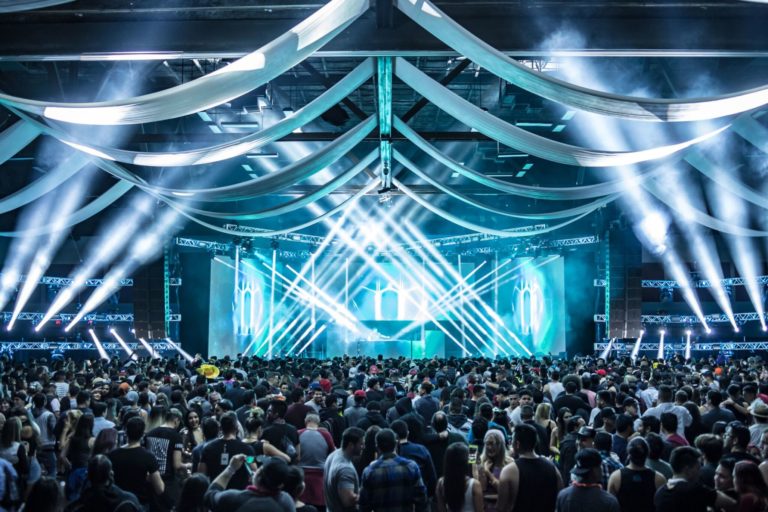

Why would you want to compromise and not hear exactly (and only) what you want? I've been using in ears so long, that it's frustrating to not have them. This way both you and front of house get the signal. You may also need a Split Snake if the venue is providing sound reinforcements (some venues we play don't have one). Once you have a mix that you like, it will stay the same from gig to gig. It sucks lugging extra gear, but the benefit is that you will always have consistent monitors. Rock solid construction and they sound amazing.Īnother thing that helps is to bring your own mixer to the gig.
#Onstage systems install#
Optional: Include photo/s of your hair (total upload size 8Mb). The unique and yet simple application technique of On Stage Hair Extensionsin combination with the soft hair strand attachmentmakes our extensions a breeze to install and extremely comfortable to wear. Molded to my ears, it sounds like a full PA. Contact us today and schedule a FREE consultation with On Stage Hair Studio in Slidell, LA, and we’ll put you down for a private, no-obligation, one-on-one chat with a friendly hair professional. It's cool if it sounds good for the audience, but remember that it should sound good to you too! We use Alclair earbuds. your headphones are the final thing in the chain.
#Onstage systems Patch#
You've made an amazing patch with the perfect sounds for the song that sit well in the mix. Don't cheap out here, this is very important. Another thing, it helps to have good headphones. If you need to transport your PA system frequently to different venues that have modest amplification needs and crowded performance spaces, there are portable, compact PA systems likely to meet those needs. This way he can turn around and say "let's play." or "check out the fox in the black dress." also, with the mic this way, we can hear some of the crowd noise that is out front. Such systems require considerable space to transport, store, and set up onstage. We place a stage mic near the singer (facing the audience) that only goes to our IEM (not the mains). It helps immensely to have a couple "stage" and "audience" mics, so that you don't feel so closed off. IEM also allow you to accurately hear only what you want. This allows instruments that need mics (percussion, vocals, etc.) to pick up only what they need and there is less (no) unwanted feedback on stage. IEM are great, particularly for keeping stage sound to a minimum.

We go fractal xlr (mono) out to our board and then use the aux outs to run individual IEM mixes for the band. Me and my lead guitarist have been doing this for years.


 0 kommentar(er)
0 kommentar(er)
